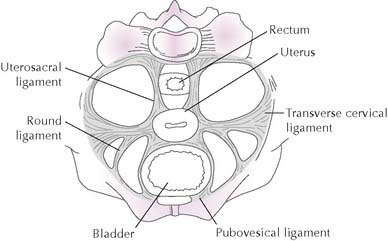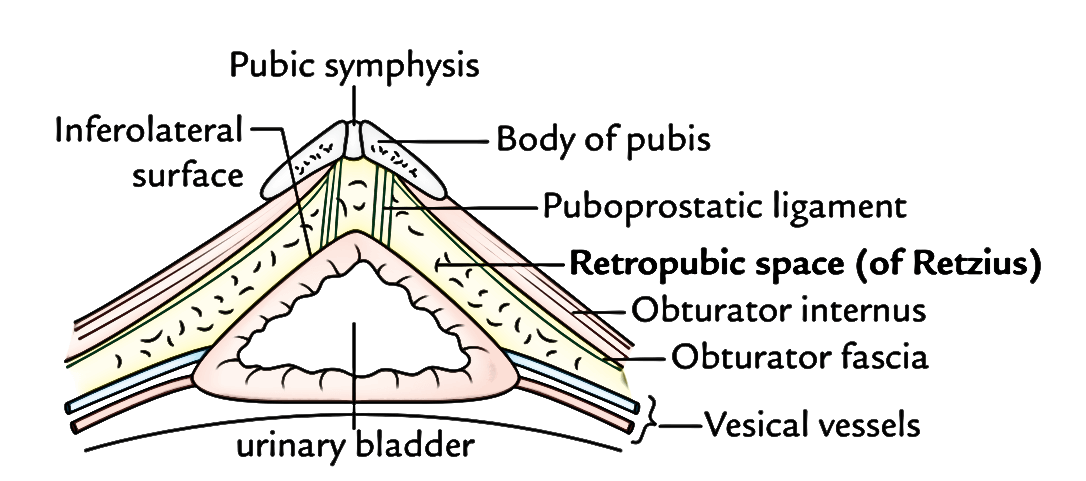

"This YouTuber Made Up A Name For A Body Part. "Urachal anomalies: A review of pathological conditions, diagnosis, and management". Gandhi, Jason Seyam, Omar Rahmani, Benjamin Patel, Shrey Joshi, Gunjan Smith, Noel L. "Infected urachal cyst in an adult: A case report". ^ a b c Mrad Daly K, Ben Rhouma S, Zaghbib S, Oueslati A, Gharbi M, Nouira Y (September 2019)."Incidental vesicourachal diverticulum in a young female". ^ a b c d Tan C, Simon MA, Dolin N, Gesner L (August 2020).The term has also appeared in a medical textbook of obstetrics and gynaecology. This term was later used in a paper published in Mayo Clinic Proceedings. ARTexplains on YouTube), and this name was subsequently used on Wikipedia for a short time. The median umbilical ligament was jokingly referred to as "Xander's ligament" in a YouTube video published by Alexander R. If the urachus fails to close during fetal life, it can result in anatomical abnormalities such as a urachal cyst, urachal fistula, urachal diverticulum or urachal sinus. The allantois forms a communication between the cloaca (terminal part of hindgut) and the amniotic sac during embryonic development. It contains the urachus, which is the obliterated form of the allantois. Other than this, it has no function in a born human and may be cut or removed with impunity. The median umbilical ligament may be used as a landmark for surgeons who are performing laparoscopy, such as laparoscopic inguinal hernia repair. The median umbilical ligament has no known function. It is also formed from the cloaca in utero. This later develops into the median umbilical ligament at birth. It then becomes the urachus in the fetus.


The median umbilical ligament begins as the allantois in the embryonic period. Lateral to this structure are the medial umbilical ligament and the lateral umbilical ligament. It is a fibrous piece of tissue that represents the remnant of the fetal urachus. It extends from the apex of the bladder to the umbilicus, on the deep surface of the anterior abdominal wall.


 0 kommentar(er)
0 kommentar(er)
